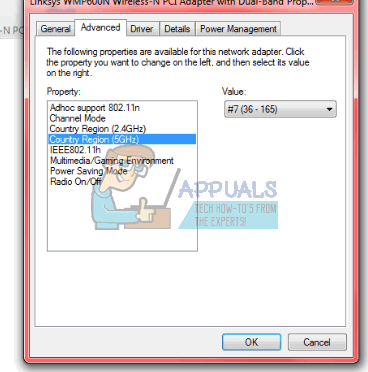One of the many problems being faced by those who choose to upgrade to Windows 10 is related to Wi-Fi which seems to be broken after the upgrade. Several users have reported that they wireless networks do not show up despite being available on other devices. Other than the PC not being able to identify any wireless network, some users might be able to connect to previous networks, but no new networks are available for connection. Others say that the PC indicates that Wi-Fi networks are available but nothing shows up on the list.
Reasons why your available Wi-Fi network is not visible in your Wi-Fi list
Usually, this issue is related to the WLAN network card drivers. Either the drivers are not compatible, or they are corrupt. Updating to Windows 10 from previous Windows versions e.g. Windows 7, 8 or 8.1 will almost certainly cause a driver incompatibility issue. Drivers from previous Windows versions are not always compatible with the next version of Windows. In both cases of incompatible or corrupt drivers, your WLAN network card is not able to communicate properly with your PC; therefore your PC is unable to identify wireless networks. Wi-Fi adapters also have a region setting. The primary reason for the this setting is that various world regions have allocated different amounts of frequency space around 2.4GHz for Wi-Fi and so some of them have fewer (or more) channels available than others. The region setting ensures that your router will only let you use the Wi-Fi channels valid in your location and won’t scan beyond those channels. If your Wi-Fi network is on one of the forbidden channels, then it won’t be available. This usually happens to routers transmitting on channel 13. To resolve this issue we are going to try a few methods that are aimed at getting the correct drivers and channel frequency for your Wi-Fi adapters. However you must first make sure that you are within the radio signal range of your Wi-Fi device and that the network is not hidden. For a good measure, restart your router to ensure that the problem is not originating from the router.
Method 1: Update Wi-Fi adapter drivers
If your problem appeared as soon as you had installed Windows 10, then probably the current drivers are not compatible with Windows 10. You will need to update your drivers. Here is how to do it:
You can also download the latest drivers from your manufacturer’s website.
Method 2: Rollback Wi-Fi adapter drivers
If your previous drivers were working correctly before you updated them, you will need to roll back to the previous drivers.
Method 3: Uninstall your current Wi-Fi adapters and restart your PC
This method will clear bad or corrupt drivers and reinstall the right drivers.
Step 1: Uninstall drivers
Step 2: Option 1
Step 2: Option 2
Step 2: Option 3
Method 4: Disable conflicting Wi-Fi network adapters
If the first Network adaptor driver fails to properly install, Windows will not start the WLAN service and even though the subsequent Wireless network adaptor drivers install and go through fine, the available networks are not visible to the system. Check if there is any failed Wireless network adaptor and disable it in order to avoid conflict with the actual drivers. Follow the steps below:
Method 5: Change the adapter region
Your Wi-Fi adapter region setting must match that of your Wi-Fi router otherwise your computer won’t be able to find your network. To change the region:
You can also change your Wi-Fi router channels from it WLAN advanced settings to match your adapter settings.
Fix: Failed No Route to Host On Ubuntu With Multiple NetworksFix: Windows Resource Protection Found Corrupt Files but was Unable to FixHow to Fix “Active Partition Not Found” Error on Windows?Fix: Bluetooth Peripheral Device Driver Not Found on Windows

